Blog / Nepal Trekking Guide: Explore Majestic Mountains and Trails
Nepal Trekking Guide: Explore Majestic Mountains and Trails
Explore Iconic Routes and Local Cultures in the Himalayas
NMTB
Published on:
18 Jul 2024
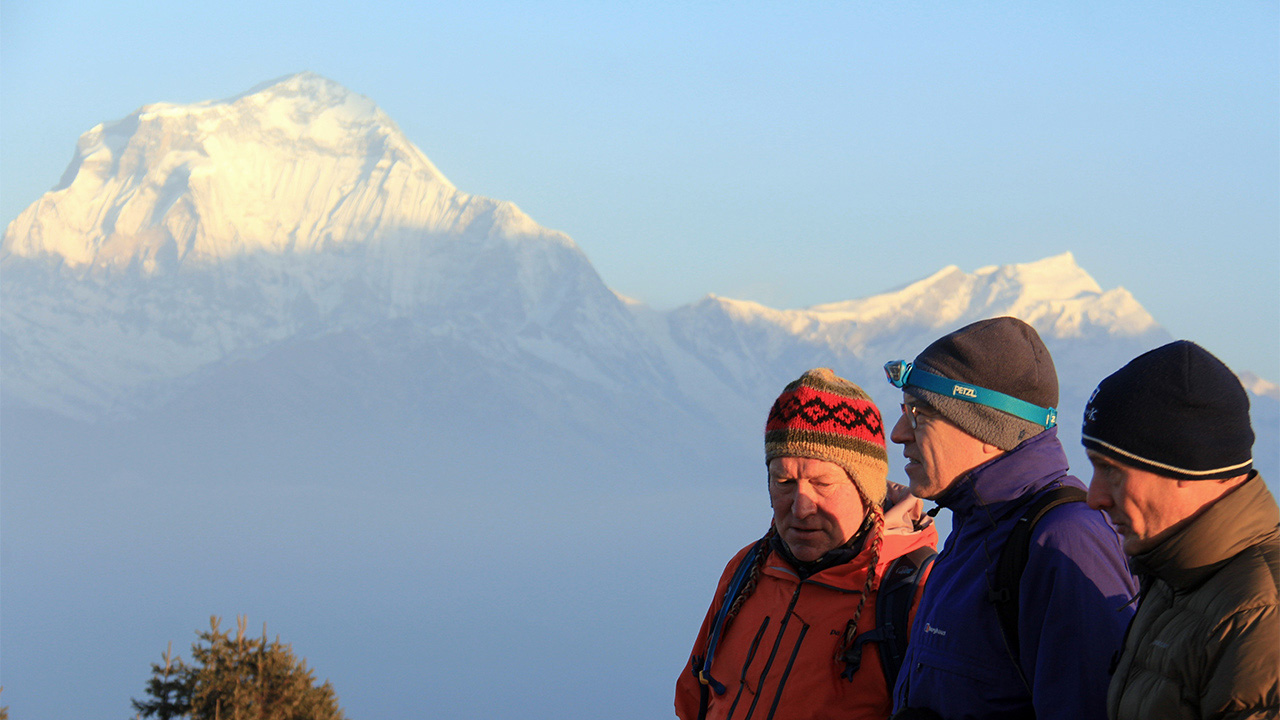
Nothing comes similar to trekking in Nepal—majestic mountains, hidden trails, and landscapes have an effect that leaves one breathless. Rich in mesmerizing landscapes along with a variety of vibrant cultures and incomparable natural beauty, Nepal offers travelers what has long been called a trekkers' paradise. Whether you're a seasoned hiker who's up for a good challenging hike or just a beginner looking to get out and enjoy nature, Nepal has treks suitable for all levels of experience.
Starting from the world-renowned Annapurna Circuit and Everest Base Camp treks to the untrodden Langtang Valley and Upper Mustang treks, this place has everything. You will be in the pleasant environment of the Himalayas while moving between beautiful valleys, dense forests, and old mountain villages. Enjoy broad views of snow peaks, magnificent glaciers, and endless falls, plunging down like it would leave one spellbound.
But trekking in Nepal is not just about the sceneries; it is also about the warm and hospitable Nepalese people, their culture, and delicious food. So enough of that lace-up talk; get the backpack ready and set off for unlimited experiences in the land of high mountains, Nepal.
Top trekking destinations out of many in Nepal
Nepal offers the traveler his dream destination. It is a set of different kinds of destinations that should compliment people with any level of hiking experience: from its iconic Everest Base Camp to the serene Langtang Valley, every trek in Nepal promises an unforgettable adventure.
Annapurna Circuit is one of the most reputed trekking routes of Nepal in the world that gives one not just a challenging trek but also the bounties of walking in Nepalese Himalayan trails. This trail gives panoramic views of the snow-capped peaks, lush forest, and the traditional settlement of the Himalaya. On your ascent through Thorong La Pass, the sights inspire the heart-stopping panoramic vistas of the Annapurna massif and the Tibetan Plateau.
The Everest Base Camp trek really needs no introduction. This is an iconic trip that lands you to the world's highest mountain—Mount Everest. You will be treated to the picturesque views of Khumbu Glacier, Khumbu Icefall, and, of course, Everest—the majestic peak that's above all. It gives you a sense of achievement, a feel of being under the topmost peak in the world.
Permits and regulations for trekking in Nepal
A trek in Nepal must be systematically prepared with due consideration to the essential permits and regulations. Before embarking on a trek, you should get acquainted with all required documentation and those rules.
The Nepal Tourism Board looks after the entire trekking industry in the country, and they mandate that all trekkers get themselves a Trekkers Information Management System card, which is a permit that allows you to trek or hike on different mountains in the country. Likewise, if your trekking route falls under a conserved area, under either the Annapurna Conservation Area or the Sagarmatha National Park, you will definitely require a separate permit for trekking in that particular area.
You'll discover that permit requirements vary depending primarily on the trekking destination and the exact route that is intended. Some places, for example, the restricted area of Upper Mustang, demand additional kinds of permits. It's good to consult with a well-established trekking agency or the NTB to clear up all the doubts in time and have all the necessary permits and papers done before the journey.
Necessary trekking gear and equipment
Preparation of proper trekking equipment and related gear is a key to making a successful and comfortable trek in Nepal. From comfortable hiking boots to warm clothing layers, each item is important for ensuring safety as well as well-being.
Now, among the equipment, a good sturdy pair of hiking boots is without doubt one of the most essential. They should be designed to provide good support, great traction, and adequate protection to your feet over such a rough track. Well before such treks, it is advisable to break-in your boots, in that the question of blisters and being uncomfortable will be kept at bay.
Layering is key in the clothing for trekking in Nepal. You are going to need a base layer wearing the moisture-wicking fabrics, another one for insulation, and then an outer layer for protection against the conditions of the environment. You will need warm, waterproof jackets, pants, and gloves, especially in the higher regions where temperatures tend to plunge.
Apart from that, some essential considerations during trekking are good quality and sturdy backpack with enough supporting strap, water filtration system, sleeping bag including its liner to offer insulation enough to take expected night-time temperatures, headlamp or flashlight and a first-aid kit. You can also take account of trekking poles, which will reduce the strain on your knees, provide you stability, and let you push on harder sections of the trail.

Physical fitness and preparation for trekking in Nepal
Trekking in Nepal requires a fair measure of physical well-being and preparedness to ensure that the accomplishment goes through safely but more enjoyably. Even for the seasoned trekkers, access to the points of trekking is difficult due to high altitudes, significant inclines, and long-distance hiking.
Before travelling for trekking, it is essential to evaluate the fitness condition and adopt targeted fitness exercises into a regular routine. This might involve activities such as running, cycling, or swimming, which can be heart-moving and aerobic, together with exercises involving strength training, which can help you tone and increase general muscle strength.
It will also be helpful to simulate some of the demands of trekking in Nepal by including hikes into your training routine with a weighted backpack. This will help your body get physically set and also help you test your gear and packing list.
This is a very important point to keep in mind, not to forget the aspect of altitude sickness while trekking in Nepal. To minimize the threat it is advised to acclimatize gradually at the higher altitudes, take rest days en route, gradually move high if trekking in extended routes so that the body gets used to acclimatize correctly. Staying properly hydrated, eating balanced food, and resting will be helpful in maintaining your health and physical condition properly.
Trekking routes and difficulty levels
In Nepal, a wide range of trekking routes offers diversified options that meet high challenges with great rewards. It does not matter if you are a developing hiker or beginner explorer; there is the experience of trekking that compliments your preference and skill level.
The trek to Everest Base Camp is of course among the most popular ones in Nepal. This classic journey follows in the footsteps of Hillary and Tenzing and goes right into the very heart of the Khumbu. The duration of the trek normally lasts from 12 to 16 days, and in order to do the trek, one should be in good physical condition and have plenty of stamina.
The other type of trek is a classical trek, the Annapurna Circuit. The trek takes 17-21 days in the Annapurna mountain range, whereas it even involves crossing the Thorong La pass with an elevation of over 5, 416 meters; it is still regarded as more moderate in challenge as compared to the Everest Base Camp.
For those seeking a less challenging but equally fulfilling experience, the Langtang Valley trek is the right one. It's an experience lasting from 7 to 10 days, which allows trekking through Langtang National Park. Here one can get breathtaking views of Langtang Lirung and Gangchempo peaks, plus exploring traditional Tibetan-influenced villages.
Teahouse trekking vs. camping trekking in Nepal
This is the time when you have to make your decision for the great Nepali Himalayas—either trekking in a teahouse or camping.
For them, the best part of the teahouse trekking is that it is popular and easiest. There will be a network of teahouses along the well-trodden trekking routes that serve basic accommodation, meals, and amenities. Particular, after the teahouses started to cater for the accommodation, meals, and additional amenities, one is left to most likely enter into the comfort zone both socially and psychologically, for teahouse trekking makes it possible for one to have an interface with other trekkers and get involved on a close basis with the local culture.
Conversely, camping trekking is a bit more remote and has an adventurous flavor. This means those going for a camping trek will have to carry all the camping equipment for the night, including the tent, a sleeping bag, and cooking gear, and have a camp set up in the designated camping sites along the trail. Trekking with camping is primitively tough, for you are self-supporting, and certainly, the loads have to be bulkier, but it also means traveling away from the often-trodden trekking routes of Nepal and exploring secluded and virgin terrains.
The decision for you should be either teahouse trekking or camping trekking, considering one's preference, fitness level, the particular route that thrills you for trekking, and your goals and comfort level.
Safety measures while trekking and emergency procedures
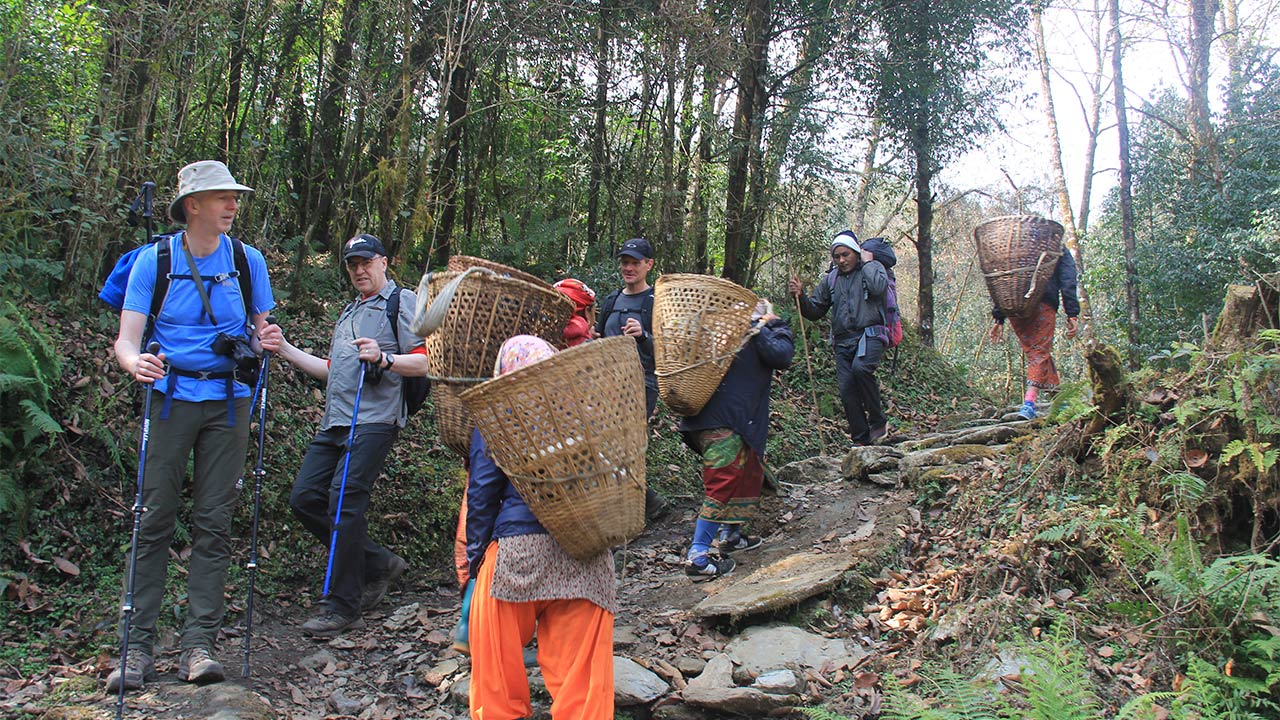
Trekking in Nepal is very rewarding, but it is also related to some risks that have to be taken very cautiously and watchfully. One of the top priorities in the course of your trekking shall have to be the safety in the activity.
One of the most major worrying issues while high up involves the presence of altitude sickness at elevations higher than 2,500 m. Mild symptoms may include one having a headache and some nausea, but severe conditions such as high altitude pulmonary edema or high altitude cerebral edema could be life-threatening. To avert these, it is paramount that one acclimatizes gradually by ascending at a safe rate about the elevation gained each day, keeping one's self hydrated, and carefully observing for any sign and symptoms of altitude sickness.
In the case of an accident, a trekker has to carry a good first aid kit and must know basic first aid which includes the treatment of simple injuries, identification of mountain sickness, and, in the worst cases, even rescue initiation procedures. You are also advised to a very high extent to trek with a group or hire a local guide who will be of great aid and support for you at the time of any emergency or crisis.
Besides, get to know the emergency instructions and the mode of communication in an emergency, be it accident or natural calamity. This includes where, when, and how to alert the local authorities, emergency services, or trekking agency for help.
Cultural experiences and highlights during trekking in Nepal
Trekking in Nepal is not limited to the climbing up of majestic mountains; rather, it also involves indulging oneself in the rich cultural tapestry of the region. From colorful prayer flags blowing in the wind to warm hospitality, every step you will take while trekking is more than a view into the unique traditions and ways of life that exist here in the Himalayas.
While trekking in Nepal, a visit to the typical Tibetan-influenced village will be of lots of interest to observe the daily routines of the locals, their customary practices, and their belief system. Wander around ancient monasteries, then maybe cast an enquiring eye over the subtle rites of the Buddhists, sipping a smoking bowl of Thukpa and munching on momos after the walk.
En route you will pass many colorful festivities and celebrations which reflect the Himalayan people's deep-rooted spirituality. Such experiences will surely be colorful-be it with the vibrant Holi festival or the palette of the Lhosar New Year.
Getting to meet local communities, which are friendly and welcoming, is also another reward in trekking in Nepal. Stop, and waste some time talking with some porters and guides, get some tea at local homes in the villages, and you will have plenty of rewards from the insights into their lifestyle, tradition, world perspectives, and many more.
Final tips for a memorable trekking experience in Nepal
For trekking to Nepal, it is not about the destination but the experiences and the bond you share with others. With its scenic beauty, cultural heritage, and hospitality, trekking in Nepal is absolutely remarkable, touching hearts, etching in your mind forever.
Here are few things to consider to make your trek memorable and a success:
Do your trek planning well in advance, considering the best season and your fitness level to explore that particular route.
Invest in the best quality of trekking gear and equipment so that your comfort and safety are guaranteed on the trail.
Expect the unexpected, and be flexible with the itinerary if there are changes in weather and terrain.
Respect the local culture and customs. Talk to the communities that you meet to understand life—the Himalayan way.
Be hydrated, rested, and balanced to keep safe away from issues such as altitude sickness and others.
Hire local guides, and be part of trekking groups for that roll-in feel of the greatness of local content.
Armed with these invaluable tips, head off for a very memorable, thrilling experience of adventure trekking in the land of the Himalayas—in the country of Nepal. Lace your boots, pack your baggage, and get ready to immerse yourself in a world of natural beauty, cultural wealth, and finally, loads of unforgettable memories.
You may also like
View All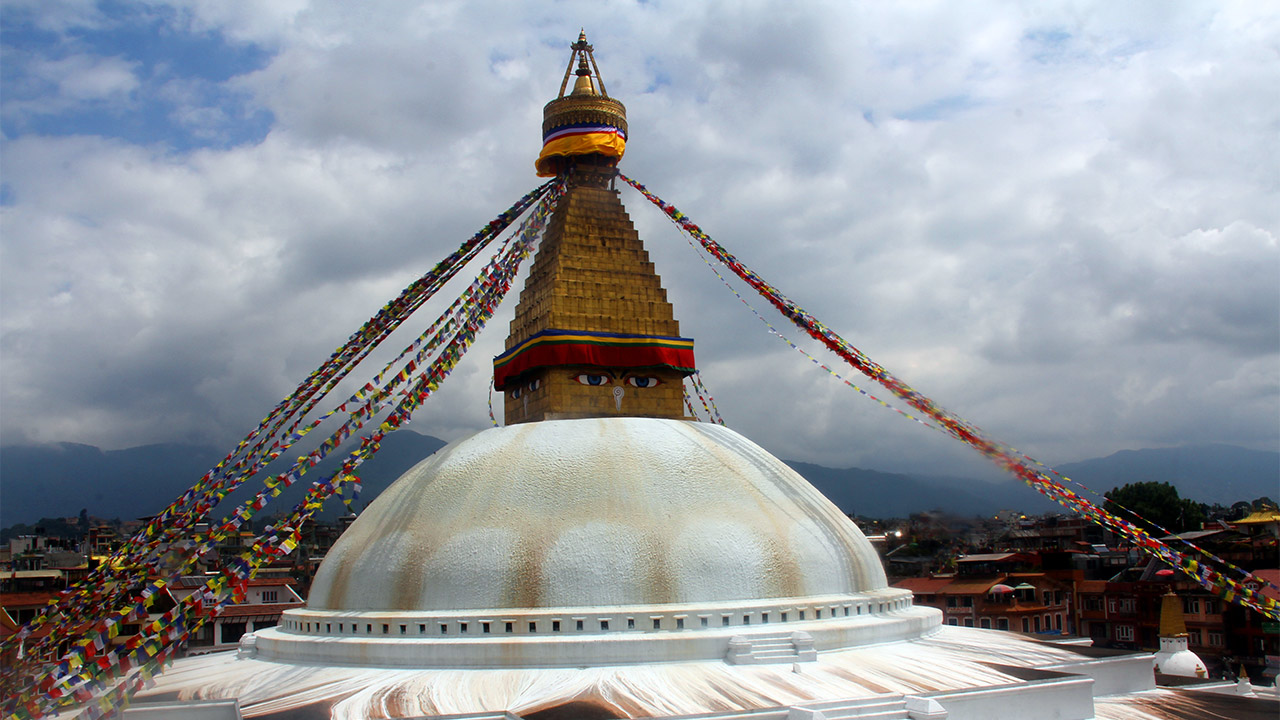
Beyond Cycling: Extraordinary Mountain Biking Tours in the Heart of the Himalayas
18 Dec 2024
Jagan Biswakarma
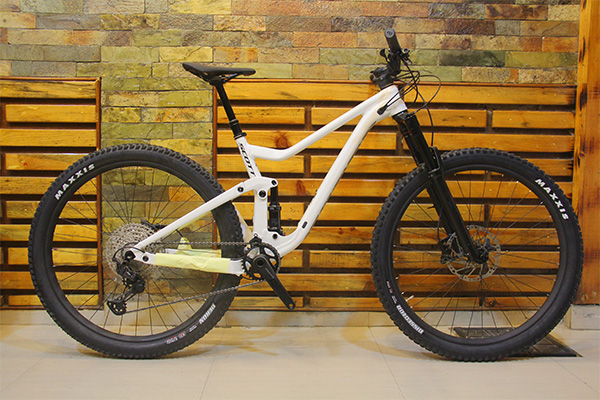
Mountain Bike Rentals in Nepal: Your Guide to the Best MTB Rentals and Tours 2024/2025
17 Oct 2024
Jagan Biswakarma
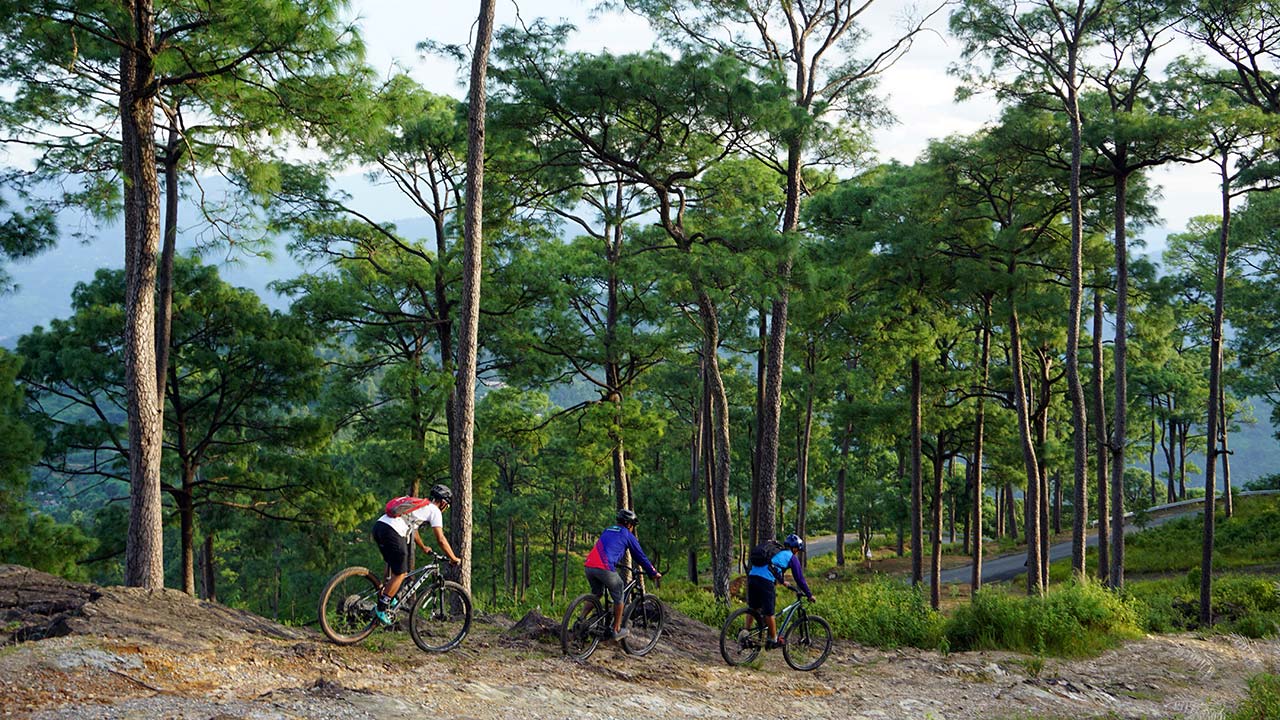
Guided Bicycle Tours & Cycling Holidays in Nepal with PMTBA – Top Tour Operator
27 Sep 2024
Jagan Biswakarma
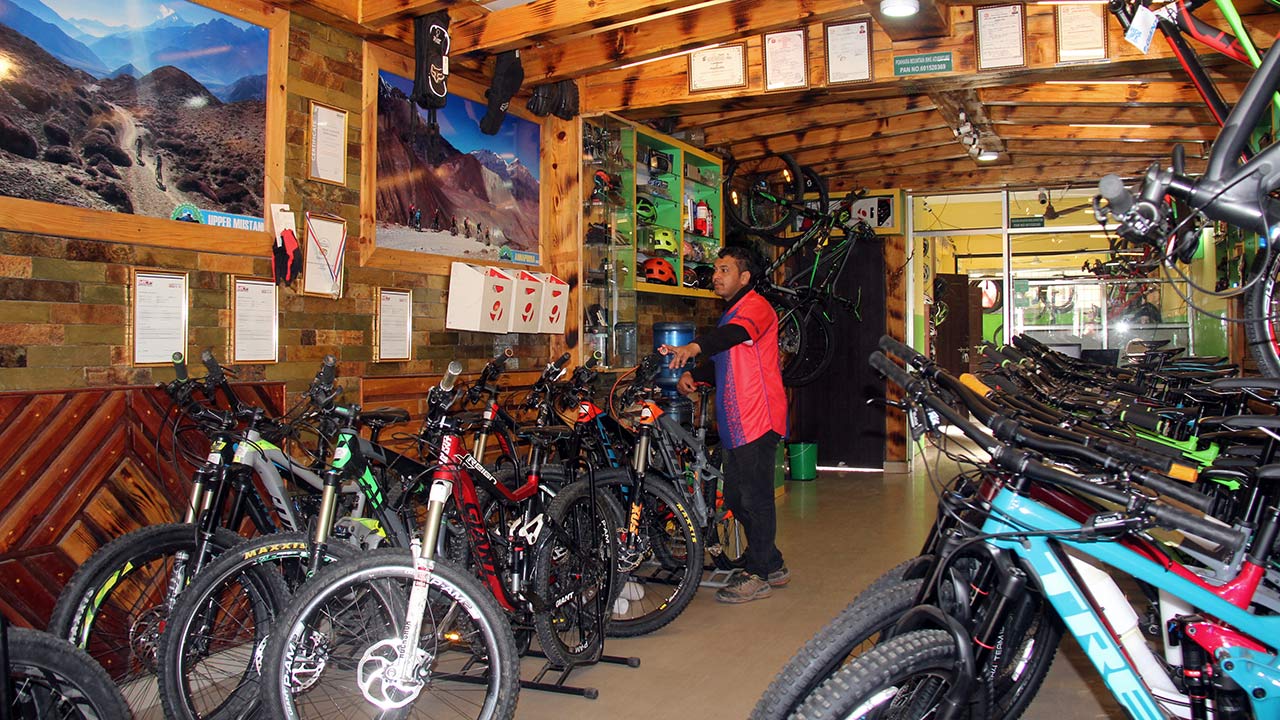
Cycle Rental: A Sustainable and Pocket-Friendly Transportation Solution
17 Aug 2024
PMTBA
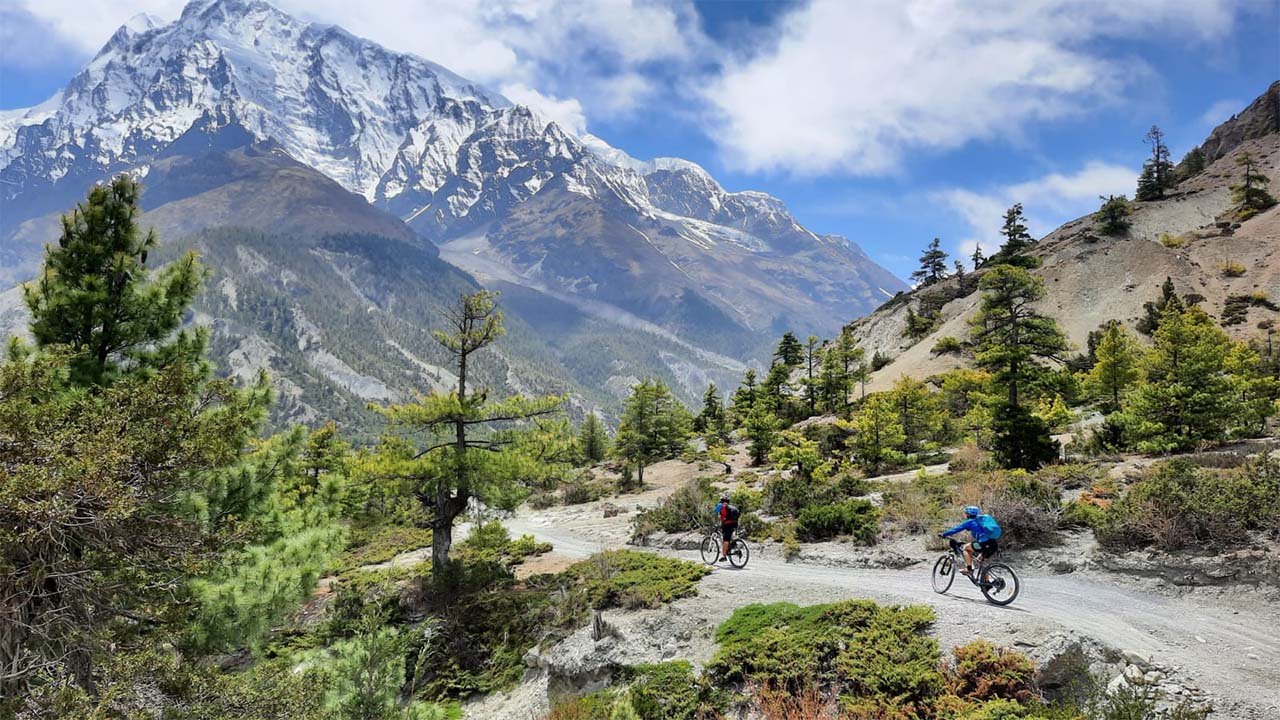
Annapurna Circuit mountain bike and Trekking Adventure: Conquer Nepal's Ultimate Trail
18 Jul 2024
NMTB